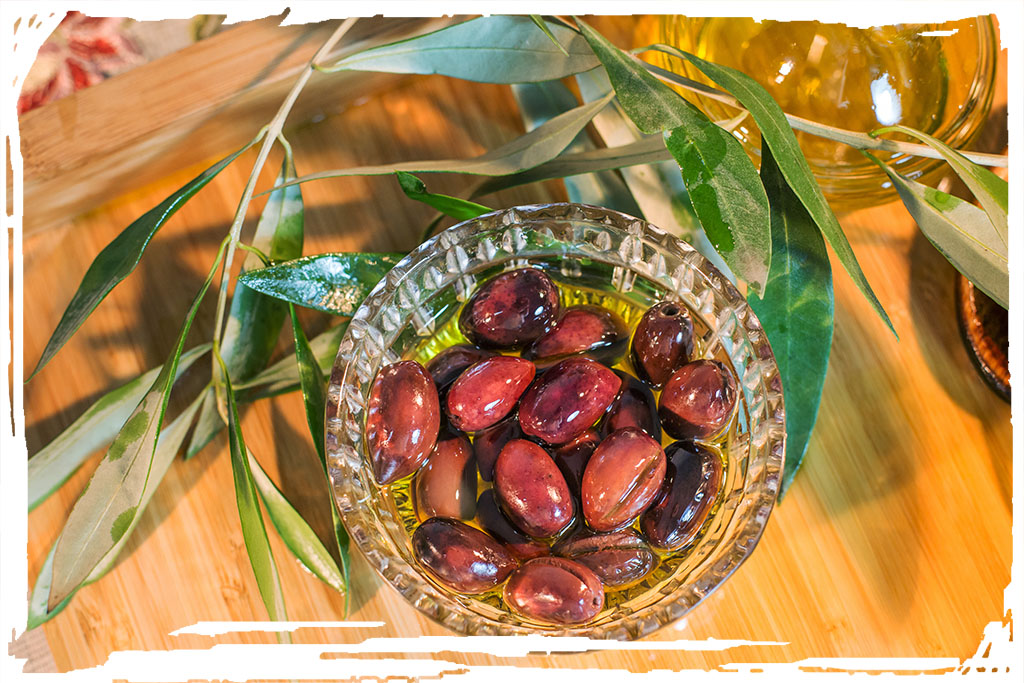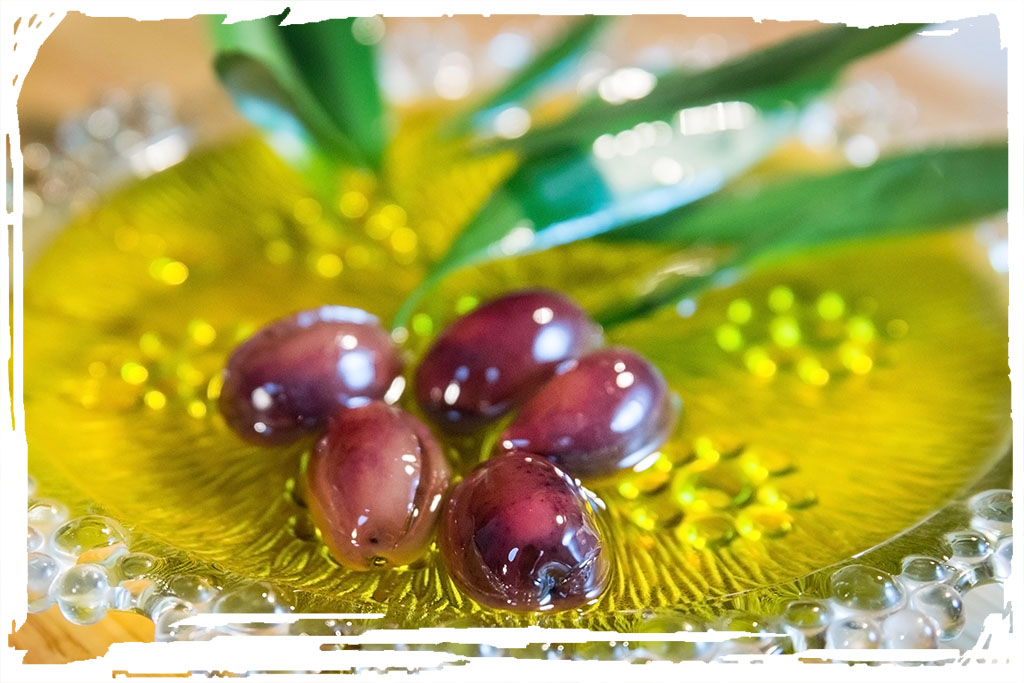The most famous Kalamata Olives PDO have traveled across the world.
All juicy, with their characteristic brownish color and a slightly fruity flavor, the Kalamata Olives consist a treasure for the Messinian land.
Integral part in each table, either as a snack or as a indispensible meal component.
Kalamata olive is a product of Protected Designation of Origin (PDO) of Messinia.
The harvest is done by hand, by shaking down or by collecting the fruit from the ground and starts in November or December of each year.
It is emphasized that harvesting by hand consists the most natural method and poses fewer injuries in the fruit.
Once collected, they get incised, and debittered. They are placed in vinegar and then stored in containers with vinegar and olive oil, with or without brine. They can be maintained for a long time.



